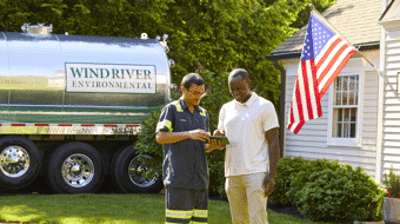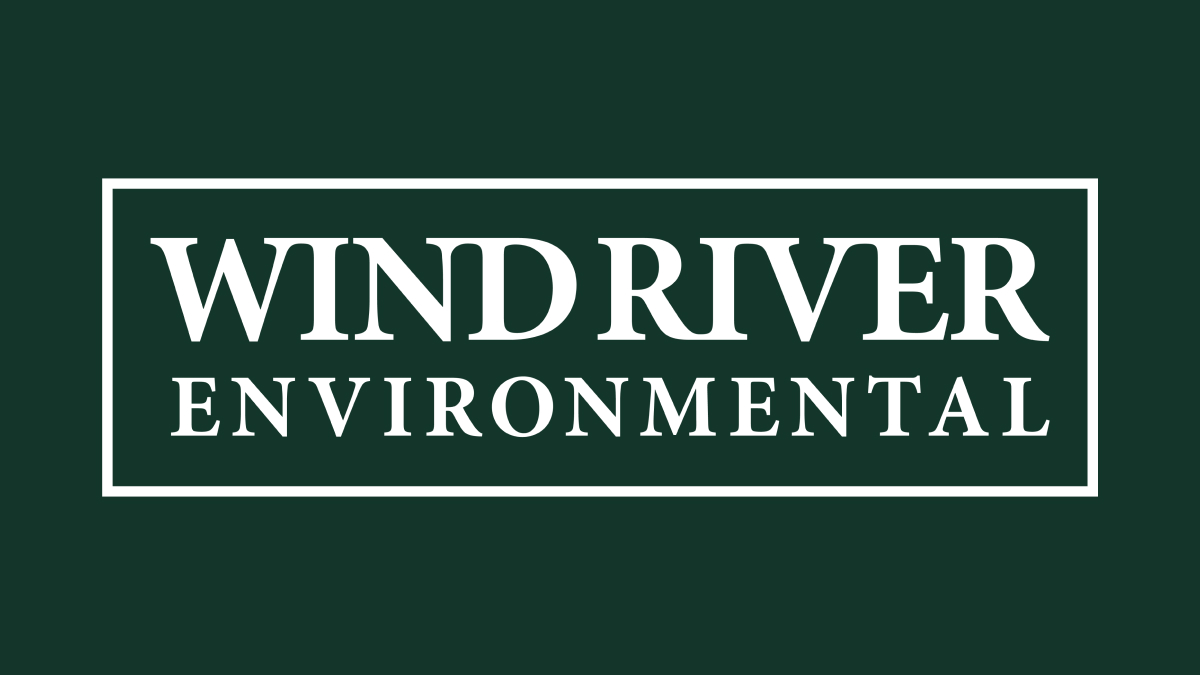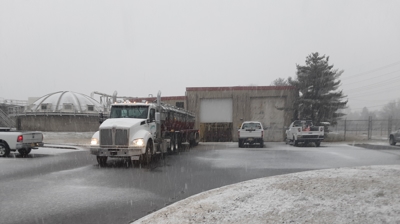The water line and sewer line are the two most vital components of your home’s plumbing system. They bring in freshwater into your house as they remove waste.
Understanding how they function and identifying symptoms of their problems is a crucial part of maintaining your home’s plumbing to avoid plumbing difficulties.
The Water Line
Homes that get water from a public source have a water line that supplies fresh water into the house.
Finding Your Water Line
Your water line can be easily located by looking for your water meter that measures the flow of water for billing purposes. Homes with large water needs such as multiple bathing systems and water heaters have big water lines.
Water lines usually have a shut-off valve that stops water flow during a plumbing emergency. This valve prevents water wastage and flooding, thus saving you money.
Common Water Line Problems:
- Low water pressure
- Leaking sprinkler system
- Water heater problems
- Overflowing toilet
- Pipe leaks that dampen your floor or carpet
Although your water line shouldn’t give you many problems, its integrity deteriorates with time. If you experience the above water line problems, contact our plumbers for a free quote.
The Sewer Line
If your home is connected to a public sewer or a septic tank like many homes, it has a line that connects your home’s drain to the central sewer system. The sewer line is usually found beneath your backyard, and thus you are responsible for its repair and maintenance.
Because sewer lines are relatively small, they easily clog over some time. When your sewer line is blocked, it first impacts your toilets. Minor blockages will cause your sewer line to act oddly while major blockages can make waste come back up your toilets, thus exposing you and your home’s occupants to health risks.
Sewer line blockage should always be fixed by a reputable plumber like our septic technicians here at Wind River Environmental.
Hydro-jetting equipment is usually used to clear blocked sewer lines using a camera. If your sewer line is corrupted, the plumber will use trenchless pipe repair to reinstate its integrity.
Another issue associated with your drain is tree roots. Only plant trees that are sewer-safe in your backyard to minimize the chances of tree roots damaging your sewer line.
Septic Tank vs. Sewer Systems
Sewer systems are a succession of underground pipes that remove waste from your home to a public sewage plant. On the other hand, a septic tank is simply a private sewer system. The water is stored in a tank under your home, and after some time, filtered back to drain zones.
Differences between Septic Tank and Sewer System
Septic tanks do not have municipal requirements that are associated with sewer systems. Therefore homeowners with septic tanks do not worry about infrastructural renovation expenses and pipes. Nevertheless, sewer systems have a larger wastewater capacity and can hold large amounts of water.
If you have any problems with your home’s plumbing system, contact Wind River Environmental and we’d be happy to send one of our plumbers or septic technicians out to help.




